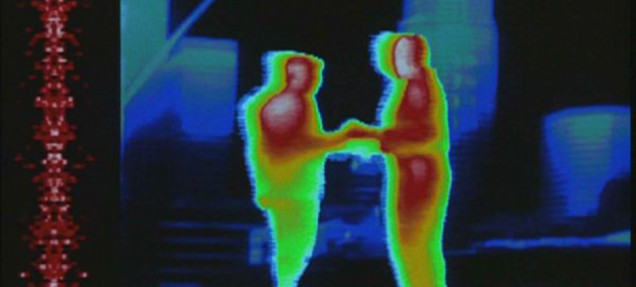Predator-Vision Contact Lenses May Come Using Graphene
2014.03.18

Graphene continues to make headlines, and this is the latest: a pair of contact lenses that give you Predator vision. That's what the researchers from the University of Michigan have developed - the first room-temperature light detector that can see the entire infrared spectrum of colors.
This can be achieved because graphene is so small small. The researchers developed a way of picking up these signals. Phys.org explains:
To make the device, they put an insulating barrier layer between two graphene sheets. The bottom layer had a current running through it. When light hit the top layer, it freed electrons, creating positively charged holes. Then, the electrons used a quantum mechanical trick to slip through the barrier and into the bottom layer of graphene. The positively charged holes, left behind in the top layer, produced an electric field that affected the flow of electricity through the bottom layer. By measuring the change in current, the team could deduce the brightness of the light hitting the graphene. The new approach allowed the sensitivity of a room-temperature graphene device to compete with that of cooled mid-infrared detectors for the first time.
[Nature via Phys.org]More Articles
Copyright © Fooyoh.com All rights reserved.